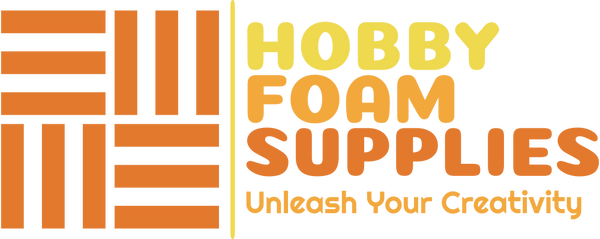-
Freezing the Foam: Placing your XPS foam in the freezer for a short time before cutting can make it less brittle and reduce the likelihood of chipping or breaking while cutting.
-
Custom Cutting Templates: Create reusable cutting templates from sturdy materials like cardboard or thin plywood. These templates can help you achieve consistent shapes and angles when cutting multiple pieces.
-
Waxing the Blade: Rub a candle or a piece of paraffin wax on the blade of your utility knife before cutting. This can reduce friction and make the blade glide through the foam more smoothly.
-
Hot Knife for Sealing Edges: After cutting, use a heated utility knife or a soldering iron to lightly melt and seal the cut edges of the foam. This prevents the foam from crumbling and gives a neater finish.
-
Sacrificial Backing: Place a sacrificial piece of foam or wood beneath the XPS foam you're cutting. This prevents the foam from tearing or denting when the blade passes through it.
-
Foamboard Guide: Attach a piece of XPS foam to a larger foamboard as a cutting guide. This can help you maintain straight lines and angles when making cuts.
-
Custom Jigs: Create custom jigs or guides for specific cutting tasks. For example, you can make a jig for cutting consistent angles or circles.
-
Heat Gun for Shaping: Use a heat gun to gently heat the foam and make it more pliable for shaping and bending. Be cautious not to overheat or melt the foam.
-
Wire Brush for Texture: If you want to add texture to the foam, use a wire brush or a stiff bristle brush to create patterns or simulate wood grain. Brush the foam lightly in the desired direction.
-
Sandpaper Blocks: Wrap sandpaper around a small foam block or wooden block to create a sanding tool that is easier to grip and control when smoothing the foam edges.
-
Reverse Cuts: When cutting intricate designs, consider cutting from the backside of the foam. This can help hide any imperfections or mistakes on the front surface.
-
Foam Adhesives: Use foam-friendly adhesives designed specifically for XPS foam. These adhesives bond well without damaging the foam's structure.
-
Painting Precautions: If you plan to paint the foam, apply a thin layer of a foam-safe primer first. This helps the paint adhere better and prevents it from dissolving the foam.
-
Practice on Scraps: Keep some XPS foam scraps on hand for experimentation and testing different cutting techniques or finishes before applying them to your main project.
-
Recycle Scraps: Don't let your foam scraps go to waste. You can use them for smaller projects or glue them together to create custom-sized blocks for future use.
These XPS foam cutting hacks should help you work more efficiently and achieve cleaner results in your foam-based projects. Remember to prioritise safety and practice to become proficient with these techniques over time.

